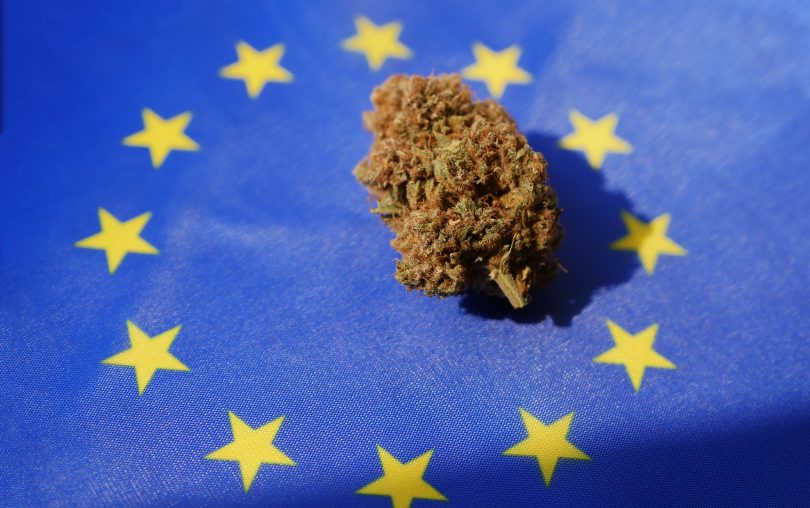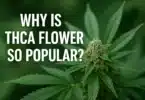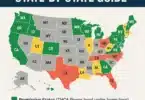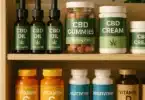Depending on where you are in the world, there are different cut-offs for what can be grown as hemp, and what can be grown as marijuana. Last week, the EU joined America and other countries, when it increased the THC level allowed in industrial hemp to .3%.
The EU catches up slowly, just now increasing the level of THC allowed in hemp. The US already has a .3% limit, and it also has a wide-ranging cannabinoid market which includes compounds like delta-8 THC, THCV, and HHC among others. Not sure if this market will be taken up by the UK, but there are plenty of options for sale online, and outside of official dispensaries. We’ve got great post-holiday deals, so find out what all the fuss is about today. Remember to subscribe to The THC Weekly Newsletter for deals on legal cannabis products, as well as all the latest news and industry stories. Also save big on Delta 8, Delta 9 THC, Delta-10 THC, THCO, THCV, THCP & HHC products by checking out our “Best-of” lists!
Hemp vs marijuana
Technically, hemp and marijuana are both the same thing: cannabis. In fact, until within the last century, they weren’t thought of as separate things, being lumped together as the same plant. Definitions that split the two are more modern, and centered around the idea of one part being legal and one part being illegal. This has made a divide between what can be used industrially, and what can be used recreationally/medically.
Hemp is generally used to relate to low-THC cannabis, with a cutoff at a low point, usually around .2-.3% THC by dry weight. These plants are much heavier in the cannabinoid CBD, which has gotten a universal pass (by way of the UN) as a medication, with a recent removal from Schedule IV of the Single Convention. Marijuana, on the other hand, relates to plants that have greater than whatever the local cutoff amount of THC is, and generally have much higher levels of THC than CBD, making THC the primary cannabinoid.
In actuality, neither THC or CBD exist in live plants, or at least, only in tiny amounts. What actually exists in live plants are the precursor acids, THCA and CBDA. These acids decarboxylate through time and light exposure to become the cannabinoids CBD and THC that we associate with the plant.
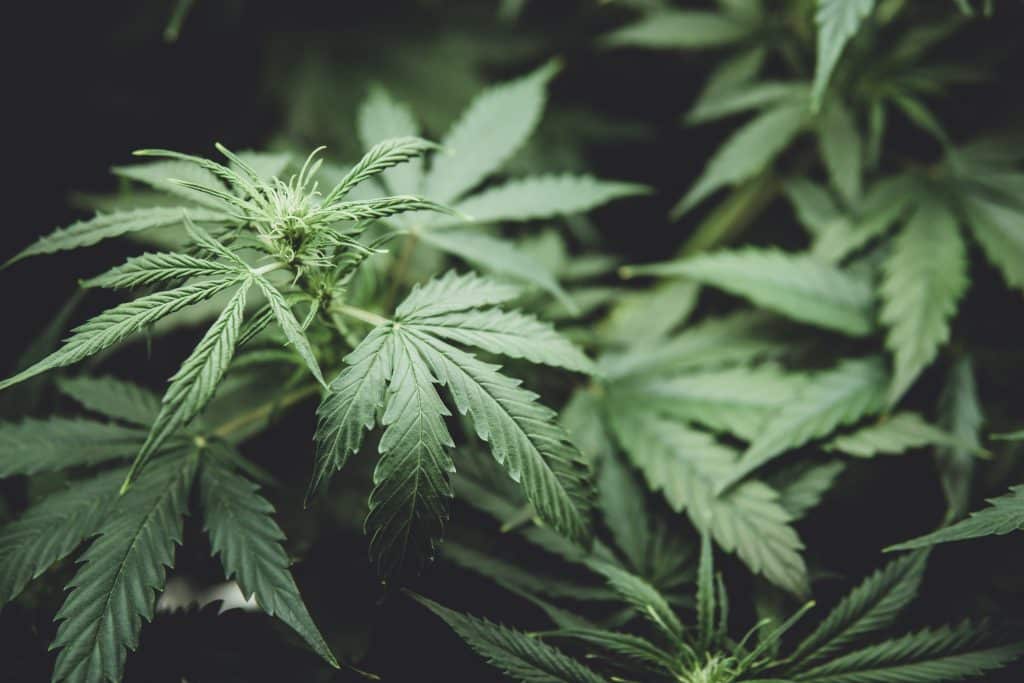
EU history with THC limits for hemp
The EU first instituted limits for the amount of THC that could legally be in industrial hemp, in 1984. At that time it was put at .5%. This was later decreased to .3% based on a standard found in the 70’s, made by the International Association for Plant Taxonomy, with scientists Ernest Small and Arthur Cronquist at the helm. They decided that 0.3 % of THC should be the line between hemp and marijuana.
This number dropped yet again in 1999 to .2%, with the goal of preventing marijuana plants from being grown in the same field as hemp plants. This standard remained for 22 years, though it was questioned several times over the last couple decades, with proposals made to increase it. This charge has been mainly led by the industrial hemp industry, including groups like the European Industrial Hemp Association. An increase would benefit the industry greatly as plants can often be discarded for being only a little over the limit, which can cause major anguish to farmers relying on these crops.
In late 2020, the EU Parliament indeed voted to increase THC levels for industrial hemp plants, to .3% from .2%. The EU Parliament didn’t have the final say, however, although it did show Parliament’s take on several updates to the Common Agricultural Policy Reform, a proposed reform measure also meant to add marketing and product regulation for hemp product production.
In order for a new policy to be adopted or changed, three different EU bodies must confirm it first. Parliament is one, but the two others are The Council of the European Union and the European Commission. Discussions over these measures were started at the end of 2020. A final vote was recently held by the European Commission.
The EU increased THC limits allowable in industrial hemp
On December 2nd, 2021, the European Council, the last of the three bodies to approve the measure, did approve proposed updates to the Common Agricultural Policy. These updates come with an increased THC limit allowable for industrial hemp. However, this update will not go into effect until the beginning of 2023, leaving another entire year at the current limit of .2%.
This decision comes with another aspect to it. The current .2% is for the allowable THC limit in hemp plants, but it also acts as a limit for subsidy programs for farmers. Farmers that use hemp plants at .2% THC or below are able to access funds/benefits from subsidy programs. If they accidentally go above this limit, they are no longer able. With the update, farmers will be able to get direct subsidies from the government at .3% or below, but they also must use seeds directly from the EU seed catalogue.
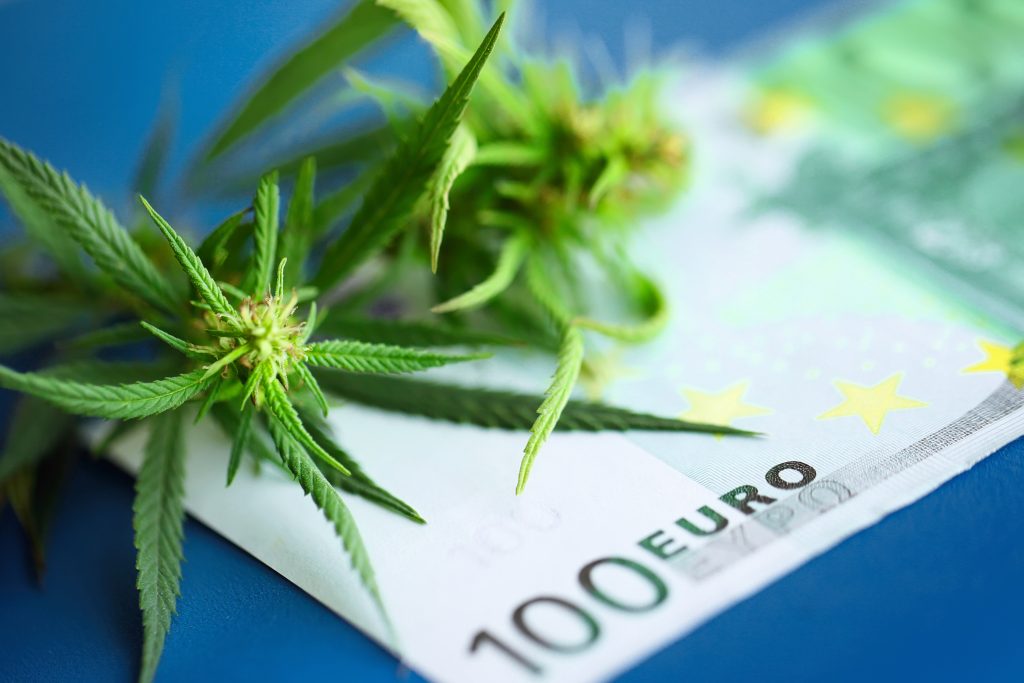
While this would certainly ensure not going over the new .3% limit, it also seems like a backhanded way of ensuring farmers buy directly from the EU, and not outside sources. Which sounds like trying to institute more control than simply how much THC is in the plants. Even so, for struggling farmers, this can make a big difference.
The new limit also opens the door for more variation. Many hemp strains consist of more than .2% THC, but less than .3%, particularly cultivars from Northern and Eastern Europe. In fact, the EU hemp market has been quite limited to around 60 designated strains due to this issue of going over the THC line, and this increase now allows in many more options.
It also means simply not having crops ruined for farmers that happen to minorly cross the line, something that tends to happen (and which shows a blatant disregard for these farmers and their livelihoods). This can often be a mistake, as its difficult for any farmer to know exactly how their plants will turn out. It will also allow for somewhat more precise planting measures, as more seed variety can mean getting the best seeds for local conditions. This can help with everything from making sure it’s the right climate for the right seeds, to allowing for better disease resistance by using more optimal seeds per environment.
The US and industrial hemp THC levels
The new EU ruling brings the European Union in line with other countries like the US, which already uphold a .3% cutoff. This cutoff for the US was established by the 2018 US Farm Bill, which legalized the production of industrial hemp. Prior to that time, growing hemp was fully illegal in the US save for extremely limited use with research. This separation was done by creating a new definition for ‘hemp’, which separated it from marijuana. By US definition, hemp is:
“The plant Cannabis sativa L. and any part of the plant, whether growing or not, including the plant’s seeds, and all the plant’s derivatives, extracts, cannabinoids, isomers, acids, salts, and salts of isomers, whether growing or not, with a delta-9 tetrahydrocannabinol concentration of not more than 0.3 percent on a dry weight basis.”
The Farm Bill created a lot of confusion over what exactly was legalized, with an entire cannabinoid market sprouting up since the law came into effect. These cannabinoids are sold outside of regulation, as only industrial hemp was legalized by the Farm Bill and thus moved under USDA regulation. CBD, as a main ingredient of an approved medication (Epidiolex), was never legalized for use as a food, medicine, or supplement. As law, the active ingredient in an approved medication, cannot be advertised as a nutritional supplement, or added to any food or beverage product used in this way.
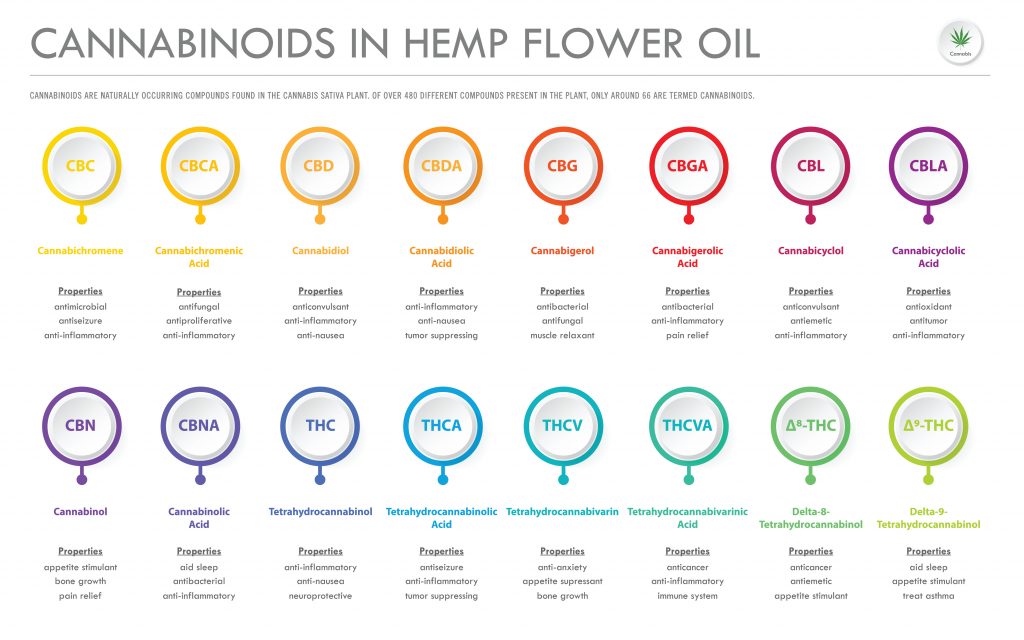
And the cannabinoid market is not less illegal. Whether talking about delta-8 THC, HHC, THCV, or even the now-available hemp-derived (synthetically-derived) delta-9 THC, none of them are technically legal. The reason is that, naturally occurring or not, none of these compounds exist in large enough quantities to be able to be used for product production, requiring synthetization for all products produced. As synthetics and analogues of controlled substances (delta-8 is an analogue of delta-9, for example) were never legalized federally, they maintain regulation under the FDA, and are all illegal.
Not only are they not federally legal, but they’re not legal by state laws either, as no state varies from the standard definition of cannabis, and therefore none allow synthetic versions of cannabis. Some states have gone above and beyond to set specific regulation for such cannabinoids, but in truth, it was never necessary. This was probably done to close the imaginary loophole that the 2018 Farm Bill created.
Conclusion
The EU certainly doesn’t do anything quickly, that’s for sure. Not only did it take over 20 years to raise a THC limit (which had already existed at an even higher rate for enough years to know it’s not damaging), but even the update that was approved, is set to begin over a year after the agreement for reforms was made. Considering how long this was pushed for, it does seem a bit slow with the actual pick-up.
Nevertheless, improvement is improvement, even if it comes in the way of a .1% increase for hemp to remain legal, and that’s it. Sure, the EU could take much bigger steps, especially as its states start to turn the other way. Malta just legalized the use and cultivation of recreational cannabis, Luxembourg is about to do the same, and Germany is likely to be the first regulated market, and its looking to happen soon. So really the EU is behind. Just now making this allowance for hemp, while the rest remains illegal. In actuality, by the next time the EU gets around to making official updates again, it’ll probable be for a half-legalized Union.
Welcome to CBDtesters.co! The internet’s one-stop-shop for the most thought-provoking and important cannabis and psychedelics-related news going on globally. Join us everyday to stay informed on this ever-changing landscape of legal drugs and industrial hemp, and sign up for The Delta 8 Weekly Newsletter, so you’re always first on getting the important news.
Disclaimer: Hi, I’m a researcher and writer. I’m not a doctor, lawyer, or businessperson. All information in my articles is sourced and referenced, and all opinions stated are mine. I am not giving anyone advise, and though I am more than happy to discuss topics, should someone have a further question or concern, they should seek guidance from a relevant professional.

